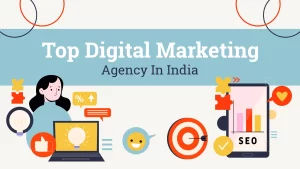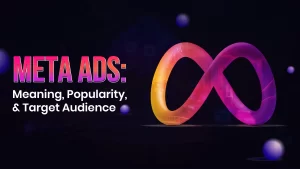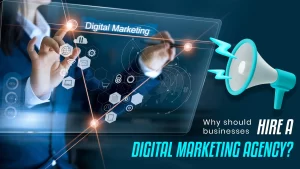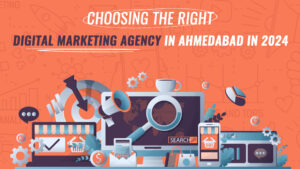In the dynamic landscape of marketing, where traditional strategies often struggle to capture attention, guerrilla marketing emerges as a revolutionary approach. This unconventional and creative tactic has gained momentum in recent years, captivating audiences and leaving a lasting impression. In this article, we delve into the depths of guerrilla marketing, exploring its definition, key characteristics, successful examples, and the impact it has on brands.
Defining Guerrilla Marketing:
Guerrilla marketing is a marketing strategy that relies on unconventional, inventive, and low-cost techniques to promote a product, service, or brand. The term “guerrilla” draws inspiration from guerrilla warfare, emphasizing the use of surprise, creativity, and unconventional methods to achieve objectives. In the marketing realm, the goal is to create a memorable and impactful experience for the target audience without relying on traditional advertising channels.
Key Characteristics of Guerrilla Marketing:
1. Creativity and Uniqueness:
At the heart of guerrilla marketing lies creativity. This strategy thrives on out-of-the-box thinking, aiming to surprise and engage consumers in unexpected ways. Whether it’s a flash mob, street art, or a clever social media campaign, guerrilla marketing strives to stand out from the crowd.
2. Low-Cost Execution:
Unlike traditional advertising that often requires -stments, guerrilla marketing emphasizes cost-effectiveness. It leverages unconventional resources and relies on creativity to generate buzz without breaking the bank.
3. Viral Potential:
Guerrilla marketing campaigns are designed to go viral. By creating shareable and memorable experiences, brands aim to harness the power of social media and word-of-mouth marketing. The goal is for the audience to become brand ambassadors, spreading the message organically.
4. Direct Audience Engagement:
Rather than broadcasting messages to a broad audience, guerrilla marketing seeks direct engagement with the target demographic. Whether it’s through interactive installations, immersive experiences, or personalized stunts, the aim is to create a meaningful connection.
Successful Examples of Guerrilla Marketing:
1. The Ice Bucket Challenge (ALS Association):
The Ice Bucket Challenge took social media by storm, raising awareness and funds for amyotrophic lateral sclerosis (ALS). Participants filmed themselves pouring a bucket of ice water over their heads, challenging others to do the same. The campaign went viral, engaging celebrities and ordinary people alike, ultimately raising millions for the cause.
2. Red Bull Stratos:
Red Bull Stratos exemplifies guerrilla marketing by pushing boundaries. In 2012, Felix Baumgartner, sponsored by Red Bull, broke the sound barrier in freefall from the edge of space. The live-streamed event captured global attention, showcasing Red Bull’s commitment to extreme endeavors and adrenaline-fueled experiences.
3. Flash Mobs (Various Brands):
Flash mobs, where a group of people gathers suddenly in a public place to perform a brief, unexpected act, have been employed by various brands. From dance routines to impromptu musical performances, these events create a spectacle that generates buzz and social media shares.
Impact of Guerrilla Marketing on Brands:
1. Increased Brand Visibility:
Guerrilla marketing, with its unconventional and attention-grabbing tactics, can significantly boost brand visibility. Memorable campaigns often lead to increased media coverage and social media shares, exposing the brand to a broader audience.
2. Enhanced Brand Image:
Successful guerrilla marketing campaigns can shape a brand’s image as innovative, daring, and in tune with the desires of its target audience. This positive association can contribute to brand loyalty and increased customer engagement.
3. Cost-Effective Marketing:
Guerrilla marketing’s emphasis on creativity over budget makes it a cost-effective strategy for brands, especially those with limited resources. The potential for campaigns to go viral amplifies the reach without the need for substantial financial investments.
Conclusion:
Guerrilla marketing has become a powerful force in the marketing world, challenging traditional approaches and captivating audiences with its creativity and unpredictability. By embracing unconventional methods and leveraging the power of social media, brands can create memorable experiences that resonate with consumers. As the marketing landscape continues to evolve, guerrilla marketing stands as a testament to the enduring impact of innovative and daring strategies.










